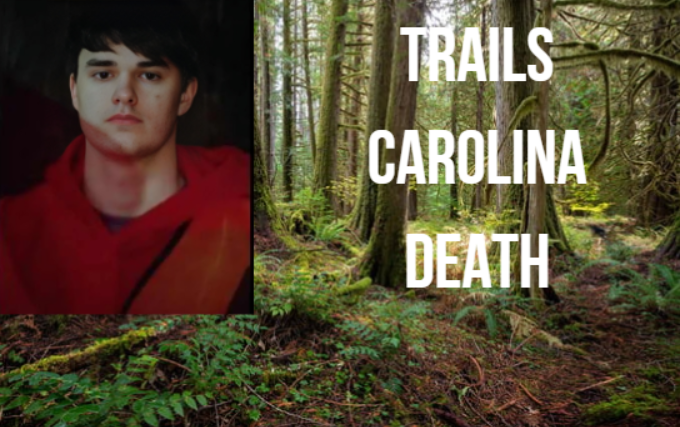The recent tragic incident involving a participant’s death in the Trails Carolina wilderness rehabilitation program has thrust the organization into the spotlight, sparking a broader conversation about juvenile mental health treatment. This event has shed light on significant concerns regarding the safety and efficacy of such programs. This article aims to delve into the specifics of the Trails Carolina tragedy, exploring its underlying causes, ramifications, and possible future developments.
Table of Contents
UNDERSTANDING WILDERNESS THERAPY
What Is Wilderness Therapy?
Wilderness therapy offers an unconventional approach to addressing the challenges faced by troubled youth. It entails immersing participants in the wilderness for extended periods, disconnecting them from the trappings of modern civilization. This immersive experience is aimed at fostering emotional and behavioral growth among participants.
THE RISE OF WILDERNESS THERAPY
Wilderness therapy offers an alternative approach to addressing the challenges faced by troubled youth. This method entails immersing participants in the wilderness for extended periods, providing them with an opportunity to focus on their emotional and behavioral well-being away from the distractions of civilization.
The Tragic Incident
THE BACKGROUND
For years, the Trails Carolina program has operated amidst the stunning countryside of North Carolina. Families seeking transformative experiences for their troubled adolescents have eagerly participated, drawn by the promise of life-altering outcomes.
THE DETAILS
During a wilderness therapy session, a tragic incident unfolded resulting in the death of a 16-year-old participant. The fatal occurrence took place during a hike, and authorities are still in the process of piecing together the details surrounding the event.
THE AFTERMATH
The passing sent ripples of astonishment throughout the community, prompting parents, educators, and mental health professionals to assess the safety of such programs for the children under their supervision.
Safety Concerns
ACCOUNTABILITY
In the wake of this tragic event, accountability has surfaced as a crucial concern. Who bears the responsibility for ensuring the safety of individuals participating in wilderness therapy programs? Moreover, how can we implement measures to prevent similar catastrophes in the future?
REGULATION
Wilderness therapy programs operate within a legal gray area, with minimal regulation. The lack of clear legislation and licensing requirements contributes to uncertainty surrounding these initiatives.
The Efficacy Debate
DOES WILDERNESS THERAPY WORK?
Despite fervent endorsements from some parents and therapists, there is a scarcity of evidence backing the sustained efficacy of wilderness therapy. Critics argue that conventional therapeutic approaches may offer greater safety and efficacy.
ETHICAL CONSIDERATIONS
Ethical considerations arise regarding the utilization of wilderness and seclusion as therapeutic modalities. Is it appropriate to send troubled teenagers into the wilderness for treatment, exposing them to inherent risks and uncertainties?
Youth Mental Health And Treatment Alternatives
THE BROADER ISSUE
The Trails Carolina incident serves as a symbol of the broader struggle in tackling mental health issues among young individuals. Are we adequately supporting enough young people with mental health concerns? And is there a viable alternative to wilderness treatment?
ALTERNATIVE APPROACHES
Various options exist for addressing mental health disorders in young people, including individual treatment, family therapy, and, when appropriate, medication. These approaches prioritize both safety and evidence-based practices.
Conclusion
The tragic loss of life at Trails Carolina underscores the pressing necessity to reevaluate and revise wilderness treatment practices. This prompts concerns regarding the security, efficacy, and ethical implications of such programs. As we proceed, prioritizing the mental well-being of our adolescents becomes paramount, necessitating the exploration of safer and more efficacious treatment alternatives.
